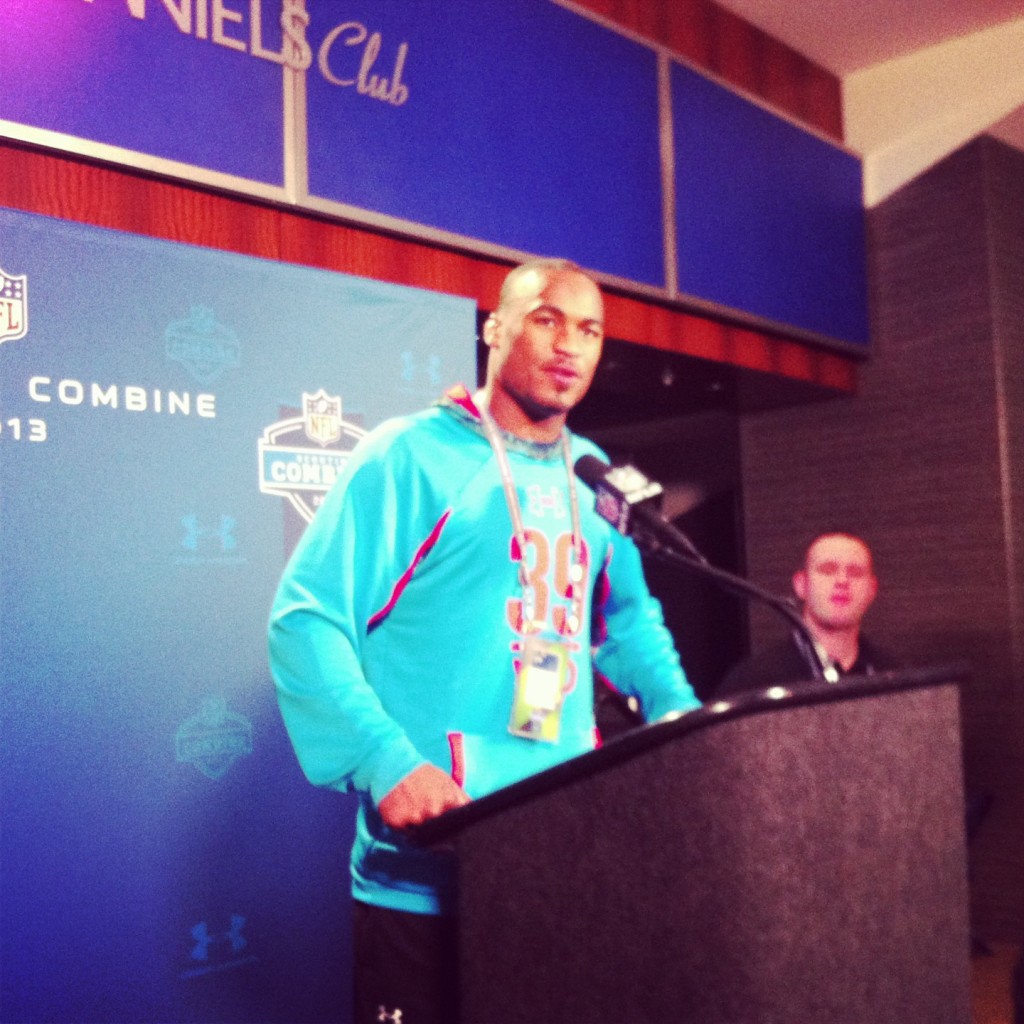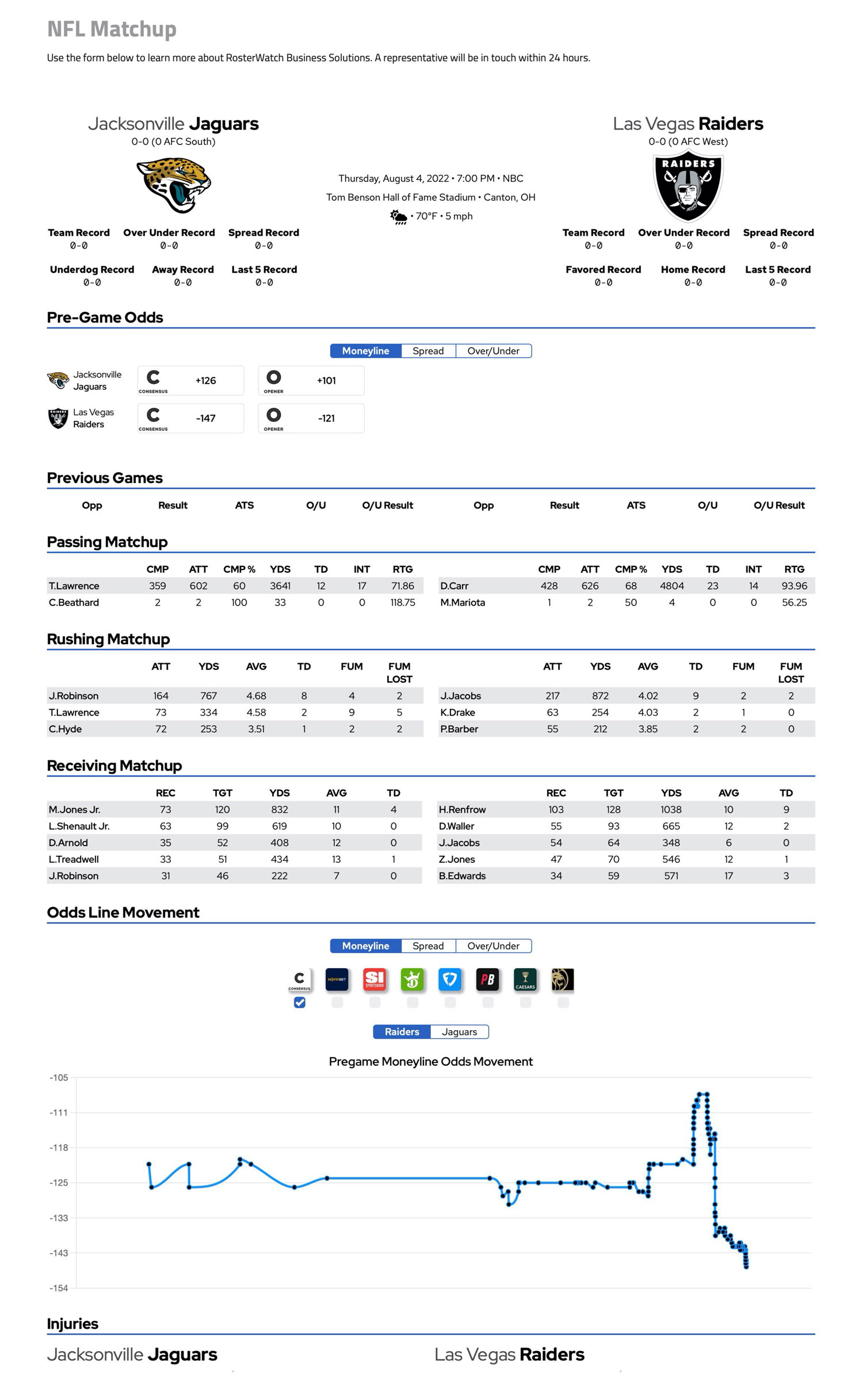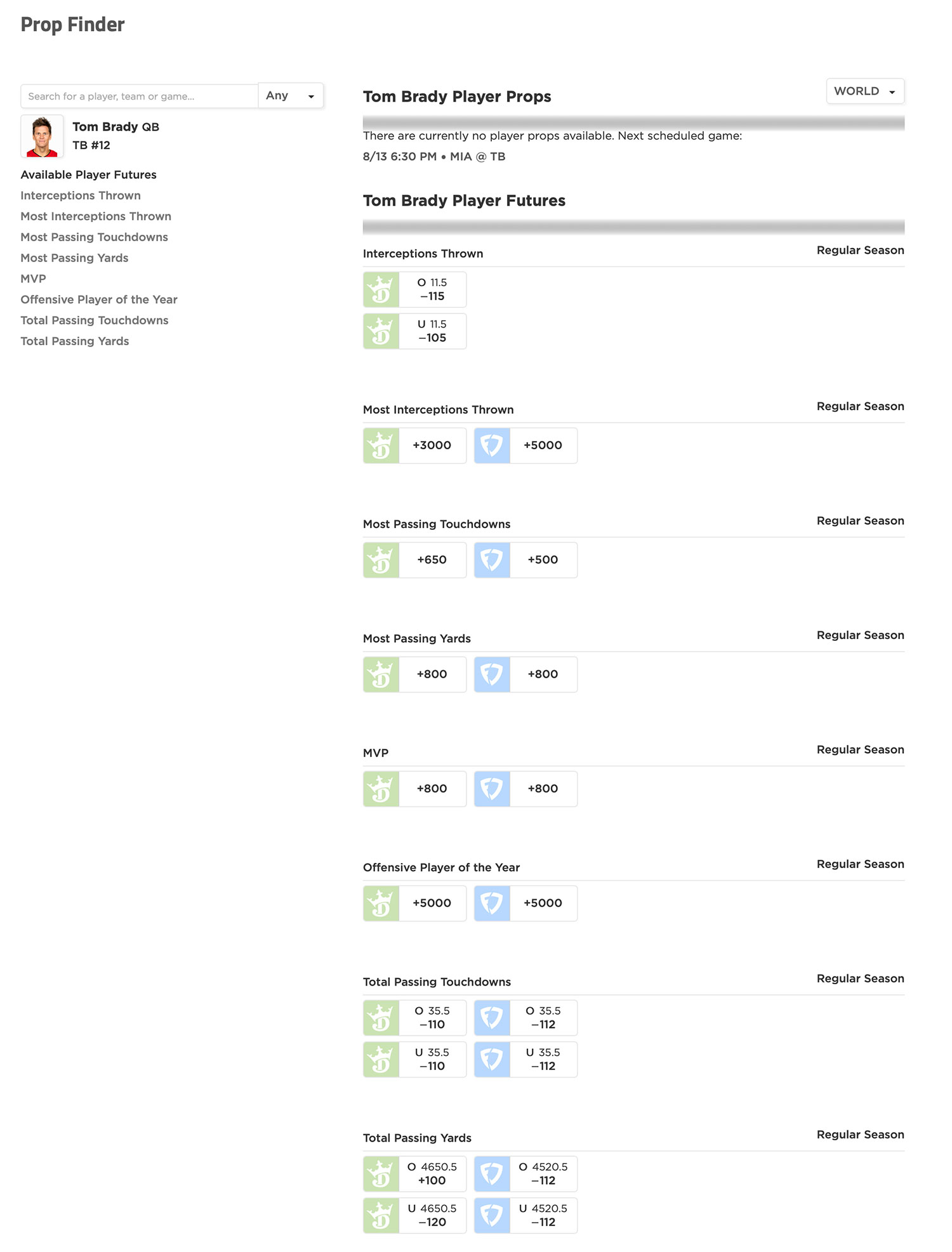Pre-Draft Dynasty WR Rankings Countdown—No. 12, 11, 10 and 9
Pre-Draft Dynasty WR Rankings Countdown—No. 12, 11, 10 and 9
Bill Byrne, Featured Analyst, Rosterwatch.com

Photo By Alex Dunlap
Here are my dynasty league pre-draft rankings for 2013′s wide receiver class. The class is both talented and deep. These rankings will bear little relation to which round I might think these guys will be drafted in. They are strictly evaluations for fantasy dynasty purposes, and are subject to radical adjustments post-draft depending on the situation they are drafted into.
For Numbers 17-20 Click Here
For Numbers 16-13 Click Here
For Numbers 12-9 Click Here
Number 8
Number 7
Number 6
Number 5
Number 4
Number 3
Number 2
Number 1
12. Robert Woods, USC, 6’ 1⁄2”, 201 pounds, 4.51 –
Robert Woods is a well-rounded and explosive wide-receiving talent. He’s quick, has good size and better than average speed, but isn’t dominant in any single category. There are faster, quicker and bigger receivers in this draft, but Woods is that pure receiver who plays at his best against top competition and in huge games.
He has a lean, slender, and athletic frame with good upper body strength. He’s not built for contact, but he doesn’t shy away from it, which may be a contributing factor to his numerous injuries while at USC. He bulked up before the Scouting combine (while USC listed him as 6-1-190, the combine has him at 6-0-201).
His better than average speed will allow him to run by most defenders, but what stands out about Woods are his hands and his route-running abilities. He has soft hands, and if the ball is in his vicinity, he’s probably going to catch it. He makes tough catches look easy, and will put his body on the line to come up with the football. He understands the full route tree and recognizes coverages. He stays very aware of down and distance situations. He is a polished and precise route runner who is very good at counting his steps and timing his routes.
Woods does not lose speed coming in and out of breaks. He creates separation with quick acceleration and fluid changes of direction. Despite his size, he was a very productive red-zone target for the Trojans. Once he secures the ball, he displays good field vision, and is able to pick up yardage after the catch.

Woods has had quite a few injuries—including multiple ankle injuries—which have put his
NFL future success in jeopardy. His right ankle has never really looked right despite having arthroscopic surgery in December of 2011. He also had concussion symptoms in 2012. He is a significant draft risk, because it is not extremely likely that his ankle will check out under NFL medical scrutiny.
Woods is a total competitor with a fiery personality who will always give 100% effort. He is the type of player who wants the ball in critical situations and will more often than not come up with the big play. If he can get past an ankle injury issue, what you see is a very intelligent, competitive and athletic football player who is NFL ready. But I downgraded him due to his ankle.
(Editor’s note: A scouting director with a very good NFC team told RosterWatch recently that Woods was not a player he thought would be available in the late first round.)
11. Aaron Mellette, Elon, 6’2 1⁄2”, 217 pounds, 4.54 –
Aaron Mellette is my guy. He has a long frame with long arms and enough quickness and speed to be a difference maker in the NFL. He might take a year or two to fully develop his game, but the desire to excel and the natural ability are both there. He catches virtually everything although he does occasionally have a tendency to fight the ball. He can create yards after the catch. Given his small school background, he’s a pretty decent route runner. His greatest weakness is that he is a very poor run blocker.
Here’s a little background on the kid. (I’m quoting from some past scouting reports now): “One of the reasons Mellette was invited to the Senior Bowl was that he put up ridiculous, video-game- type numbers in his four seasons at Elon. That he was in Mobile at all was something of a shock. Mellette was a late bloomer. He didn’t play pee wee or Pop Warner football because [his mom] was afraid her son would get hurt.”
So he hadn’t played much football before he enrolled at Elon College in the FCS conference. His game really began to develop as a sophomore, when he put up 1100 yards. But he took his game to historic levels in his junior year. Against Vanderbilt of the SEC conference in the first game of the season, he had 113 catches for 180 yards and a TD. He went on to amass 1,639 yards and 12 TDs on 113 receptions all in just 11 games. That is an average of 149 yards per game. He followed up with a senior year of 97 catches for 1,408 yards and 18 TDs.
At this year’s Senior Bowl, Mellette showed he could easily hang with the big boys, displaying his ability to get open and come down with the football.
Mellette has size, hands and instincts. He just need the top level coaching and the reps. He is beginning to be compared to last year’s small school receiver. Brian Quick. He is not as fast, but he did enough in his Senior Bowl week performances to convince me he may be the better prospect.
10. Justin Hunter, Tennessee, 6’ 4”, 196 pounds, 4.44 –
Hunter is perhaps the most naturally gifted receiver in this draft class.
He has elite size, speed and athleticism. At Tennessee, Hunter lined up all over the field. He has no problem beating the jam simply using his quickness and speed. He has outstanding deep speed to get open past the last level of the defense. He has tremendous leaping ability along with a huge catch radius. He has elite body control and tremendous ball skills that allow him to adjust to poorly thrown passes. He excels at high-pointing passes in jump balls situations, and is also able to use his size to make plays in traffic inside. He has excellent hands and can effortlessly pluck the football.
Why isn’t he ranked higher? A year and a half after his September 2011 ACL tear, Hunter no longer appears to be the same player he was before. His injury seems to have significantly effected his mental approach to the game. He shows a penchant for concentration lapses leading to too many dropped passes, and he also often run sloppy routes. In every aspect, he doesn’t appear to be quite the dynamic playmaker that he was before the ACL.
His ability—and body type—remind one of both AJ Green and Randy Moss, but he just does not seem to share their passion to become great. Far more than Randy Moss, he will make a highlight-reel play one minute, and a glaring mental mistake the next. Hunter is not particularly strong or physical, so he needs to add a more physical dimension to his game at the next level. He does not appear to put effort into or enjoy downfield blocking.
Still, there is no question that much like his college teammate, Cordarrelle Patterson, he has an extremely high ceiling in the NFL if he can get his act completely together. Hunter put his raw athleticism on display at the Combine with an almost 40 inch vertical and a long jump of over 11 feet in addition to showing off his 4.4 speed. But Hunter—unlike Patterson, who appears to play with unbridled passion but a lack of control—doesn’t show any real drive or edge to his game.
Former Vols coach Derek Dooley publicly called Hunter out last season on his attitude and work ethic, essentially saying what can be seen from much of his game video – that he just wasn’t living up to his hype. If he gets a good position coach or veteran receiver/mentor early in his NFL career who can light a fire in his belly (or under his butt), Hunter will become the next great NFL wide receiver.
I’m not optimistic.
9. Aaron Dobson, Marshall, 6’3”, 210 pounds 4.40 (Pro Day- with unofficial times reported as low as 4.37) –
Dobson could not perform at the scouting combine due to a hamstring pull, but he posted a 4.4 forty time at his Pro Day, along with leaping 10’1″ in the broad jump along with a vertical of 35 inches.
Aaron Dobson is another receiver who is a nice combination of strength and size. His running style is smooth, and he can quickly get to top speed. He often will get past corners who underestimate him. His feet are fluid, his hip-turns are sharp for a man of his size, and he demonstrates decent explosion into and out of his breaks—although he has a tendency to round off his routes. He uses his hands well, often bulling his way through a jam. The best part of Dobson’s game is his ability to adjust to the football and make the catch with a defender all over him. He has incredibly strong hands, and has made some of the most amazing catches look almost routine. You must YouTube “Dobson – The Catch” against Eastern Carolina to watch an example.
Dobson is a willing and able downfield blocker. He was a team captain his senior year at Marshall, and is a quiet but confident player who leads by example. Dobson improved his game every year in college, and he put together a productive collegiate career despite never having worked with a quality quarterback. His production dropped his senior year as he had some trouble with hip, ankle, and knee injuries. But keep in mind that he played in Conference USA, so didn’t have to go up against many top-level defenders. His game reminds me of Pierre Garcon, who was another small-school prospect. I expect that his best football is still ahead of him on Sundays in the NFL.







